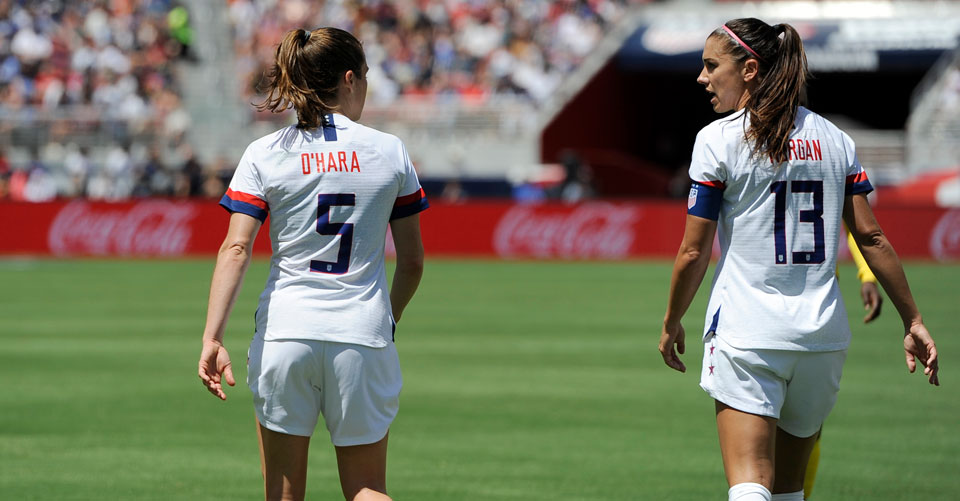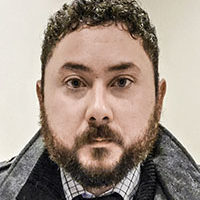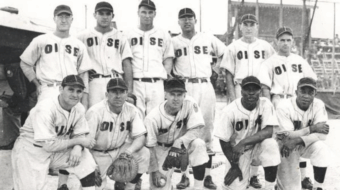
“Denial, it’s not just a river in Egypt.”
It’s quite an overused pun, but perfectly describes the U.S. Soccer Federation’s response to a pay equity class action lawsuit filed March 8 by 28 members of the championship-winning U.S. women’s soccer team.
The 19-page May 6 court filing by the Federation’s attorneys uses the word “denies” a whopping 122 times (we counted), and claims any pay disparity received by U.S. women’s and men’s soccer players is based on differences in the “aggregate revenue generated by the different teams,” not sex.
The Federation’s response further claims players on the two teams are compensated under “fundamentally different pay structures for performing different work,” and are paid under separate collective bargaining agreements (union contracts), imposing different rules, responsibilities, and obligations on the players.
“The women’s team has consistently rejected all proposals for a pay-for-play compensation structure, similar to the one used in men’s soccer, most recently during 2017 contract negotiations,” says the Federation.
The Federation’s response also argues it is impossible to compare levels of compensation under the Equal Pay Act and Title VII of the 1964 Civil Rights Act because of the different locations and times teams play and the “different quantities and qualities of international competition.”
The 28 players filed their lawsuit March 8, International Women’s Day, in a Los Angeles federal court on behalf of themselves and all other current and former women’s players.
The lawsuit argues women players are paid substantially less than the men’s players based on sex, despite their higher win record—the U.S. women’s team is currently ranked no.1 in the world and is defending Women’s World Cup Champions.
“The USSF has utterly failed to promote gender equality,” the lawsuit says. “It has stubbornly refused to treat its female employees who are members of the WNT (women’s national team) equally to its male employees who are members of the MNT.”
The Federation’s failure to “promote gender equality” is perfectly summed up by their eighth affirmative defense: “Plaintiff [28 players] claims are barred because every decision U.S. Soccer made with respect to the conduct alleged in the Complaint was for legitimate business reasons and not for any discriminatory or other unlawful purposes.”
Ah, the good ole “it’s just business” line. That phrase seems to always provide cover for immoral decisions made in the name of profit—it’s right up there with the “I was only following orders” defense.
“U.S. Soccer cannot justify its violation of the Equal Pay Act and Title VII by pointing to the teams’ separate collective bargaining agreements or any factor other than sex,” said a spokesperson for the players to Bloomberg Law. “The organization treats the women’s team as ‘less-than’ equal compared to their male colleagues despite its status as the most decorated American soccer team in history…. We look forward to a trial next year after the World Cup.”
Judge Gary Klausner, appointed by George W. Bush, of the U.S. District Court for the Central District of California, will preside over the proposed class action lawsuit after April 30, rejecting a motion by the Federation to stall the hearings.
Currently, the lawsuit is before a judicial panel on multidistrict litigation which will decide on approving the players’ request to have the case moved to the Northern District of California, where a related lawsuit is pending.
The panel’s decision isn’t likely to come until later this year.
Read the full case: Morgan et al v. U.S. Soccer Fed’n, Inc.
Click here to read the USSF response.








